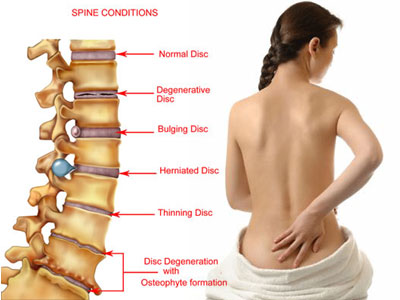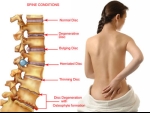
The experience of back pain can be very complex, many back problems are difficult to diagnose and typically involve a wide variety of treatment options with various risks and benefits. And, it doesn’t help that many myths and misconceptions about back pain and back problems persist.
In the belief that high-quality education about back pain and a variety of back problems can be an effective adjunct to proper treatment, this article puts to rest a number of the more common misconceptions about back problems – the general myths, myths about diagnoses and causes of back pain, and myths about treatment options for back problems.
Myth: Back Pain and Back Problems Won't Happen to Me
Fact: Approximately eight out of ten people will experience back pain at some point in their lifetime. In the United States, back pain is:
- The leading cause of disability in men over 45 years old
- The second most common reason for a visit to a primary care doctor
- The third most frequent reason for surgical procedures
- The fifth most frequent cause of hospitalization.
So, unfortunately, the fact is that most people do experience back pain and back problems at some point in their lives.
Myth: Bad Back Pain Can Result in Paralysis
Fact: The spinal cord ends in the upper part of the low back (lumbar 1). Further down the low back, there are only nerve roots, which are very tough structures. In most cases, a great deal of back pain does not usually indicate a back problem that could lead to paralysis. Examples of rare cases where paralysis may be a risk include spine tumors, spinal infections, and unstable spine fractures.
Myth: Severe Back Pain Correlates to the Level of Back Damage
Fact: With acute pain, the level of pain correlates to the level of damage (e.g. if you touch a hot iron, you will immediately feel a great deal of pain). However, with chronic back pain (greater than 6 weeks), the amount of pain does not typically correlate the amount of damage.
Myth: I’m Physically Active, So I Shouldn't Get Back Pain
Fact: While it’s true that well-conditioned individuals are less likely to have an episode of back pain than sedentary individuals, back pain can affect all people regardless of the level of activity. Some sports are more likely to cause back pain, such as golf, volleyball, and gymnastics. In all cases, however, the back should be considered a priority in conditioning, because it creates a stable platform from which the arms and legs work.
If you are suffering from pain, please contact our office at (516) 419-4480 or (718) 215-1888 to arrange an appointment with our Interventional Pain Management Specialist, Dr. Jeffrey Chacko.













